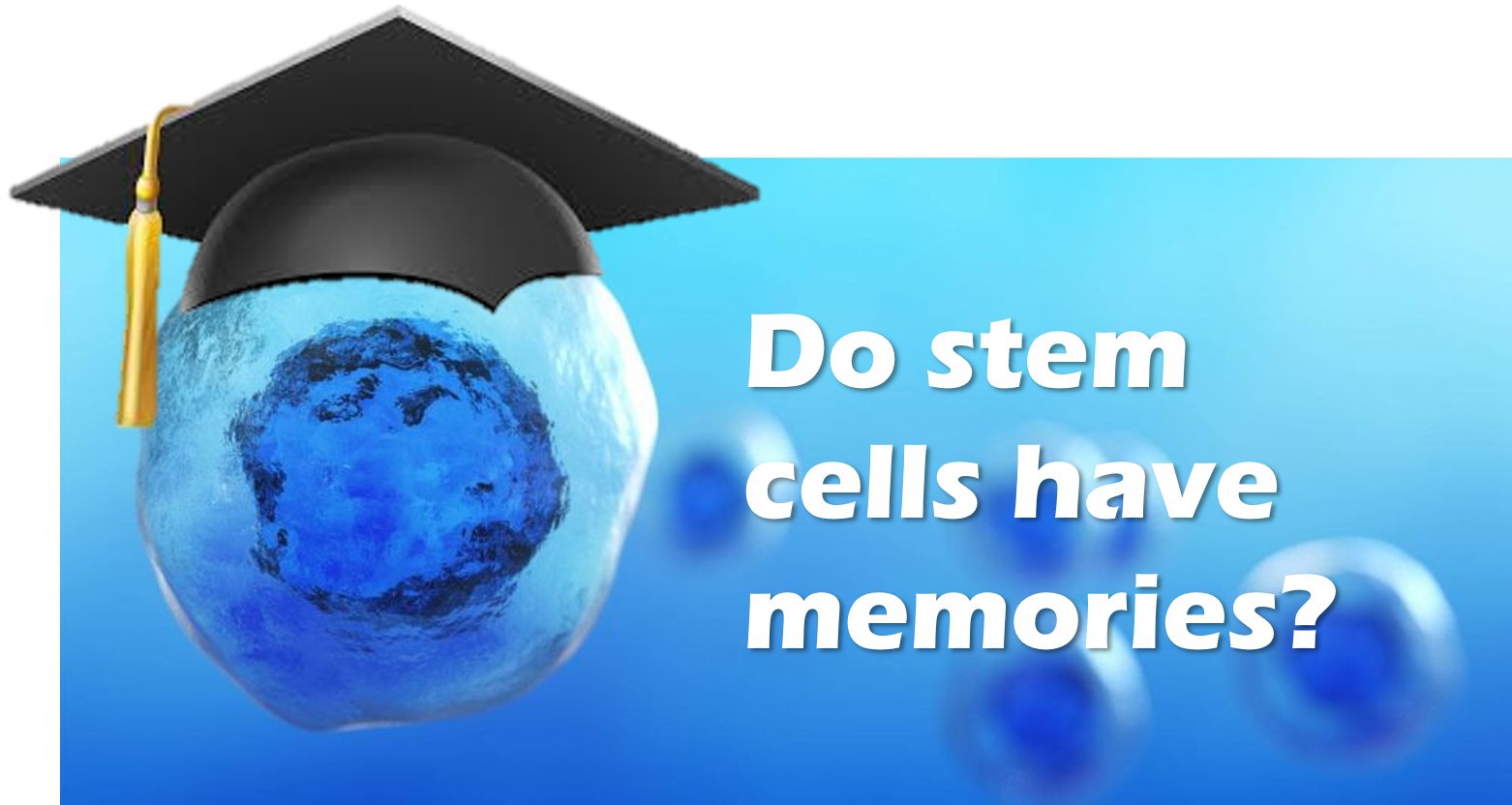Do stem cells have a brain? Meaning, can they “remember” and use that memory to act? That’s the intriguing concept that’s being explored in new research and the results sort of blow me away. Let me explain.
Stem Cells and Sinus Inflammation?
Since the experimental model that’s used in this morning’s research is on stem cells’ and their ability to remember sinus inflammation, it’s important to understand the difference between acute and chronic sinusitis. Spring and fall are popular times for acute sinus flare-ups as pollen counts are higher than at other times of the year. If you only have these occasional bouts of seasonal allergies, you likely only have acute sinusitis. However, we’re currently closing in on winter, and in most areas seasonal allergy attacks should be behind us. If, however, you’re still suffering with swollen sinuses, a runny nose, sneezing, and so on, you may have chronic sinusitis.
So what keeps some of us in this never-ending loop of chronic sinus misery? One study suggests it may be because our stem cells don’t forget those previous battles with sinusitis and, in fact, store the memories in our genes, which keeps our immune system constantly in attack mode. Let’s dive in.
Stem Cells’ Memories of Inflammation Keeps the Immune System in Fight Mode
The new study focused on investigating genes that were active in the cells of patients who suffered from chronic sinusitis and comparing these to the cells of those without the condition. Around 60,000 nasal cavity cells were collected and cultured for over a month. The results? In those with chronic sinusitis, many of the active genes in the stem cells collected were those that are linked to allergic inflammation and that are targeted by the immune system, specifically the molecules interleukin 4 and interleukin 13.
So what causes the sinusitis to become chronic after the acute threat (seasonal allergies, dust, etc.) has passed? In the case of sinusitis, unfortunately, the fact that the stem cells retain memories of the initial inflammation and likely strengthen their responses due to these memories may keep them constantly signaling an invasion alert to the immune system even though the actual invasion (e.g., dust, dander, pollen) has long since passed. In addition, they may pass the active inflammatory genes through the next generation of stem cells, keeping the immune system constantly in attack mode and the cycle of sinusitis continuous, or chronic.
While this allergy study found that stem cells may store memories of their responses to allergens, causing them to become stuck in a cycle of constant signaling to the immune system and leading to chronic sinusitis in the process, the reverse can happen in other conditions. According to another study, retaining memories of healing past skin wounds, for example, may help skin stem cells be better prepared to address subsequent skin wounds in the future.
So whether our stem cells respond in a positive or a negative way to their memories of old injuries and conditions, just discovering that they don’t forget is likely to lead to more advanced interventions in the future. For example, those immune molecules, IL-4 and IL-13, that target certain genes in the stem cells of those with chronic sinus inflammation—researchers were able to block these using an antibody. So can we improve stem cell therapies by making sure we wipe or tailor their memories?
More Fascinating Findings on Stem Cells
It seems we are constantly learning more and more fascinating things about our stem cells. We know they are the body’s repairmen, but what else do we know about them. Let’s review a few recent findings:
- One study found that the stem cells that reside in the blood-vessel walls have the ability to become beating heart cells after a heart attack; getting them past the damaged scar tissue in the heart is the next challenge.
- Stem cells actually “recharge” other cells by replacing their damaged or worn out mitochondria. Mitochondria are like batteries or the energy source for the cell.
- Stem cells have their own circadian rhythm (or 24-hour day-night cycle), and the common theory is that this circadian rhythm is lost through the years, contributing to aging; however, one study found that stem cells’ circadian rhythm isn’t lost, it’s just reprogrammed into shorter rhythmic periods, and a low-calorie diet may be the key to delaying this reprogramming and, therefore, slowing aging.
The upshot? Who would have thought that stem cells have memories? I guess at some level it makes sense, as all cells need to learn what could happen to get better at their response. This likely evolved as the basic building blocks of how we as humans can survive in such disparate and harsh environments. In addition, using this memory to our advantage may one day help us really dial in these therapies!
